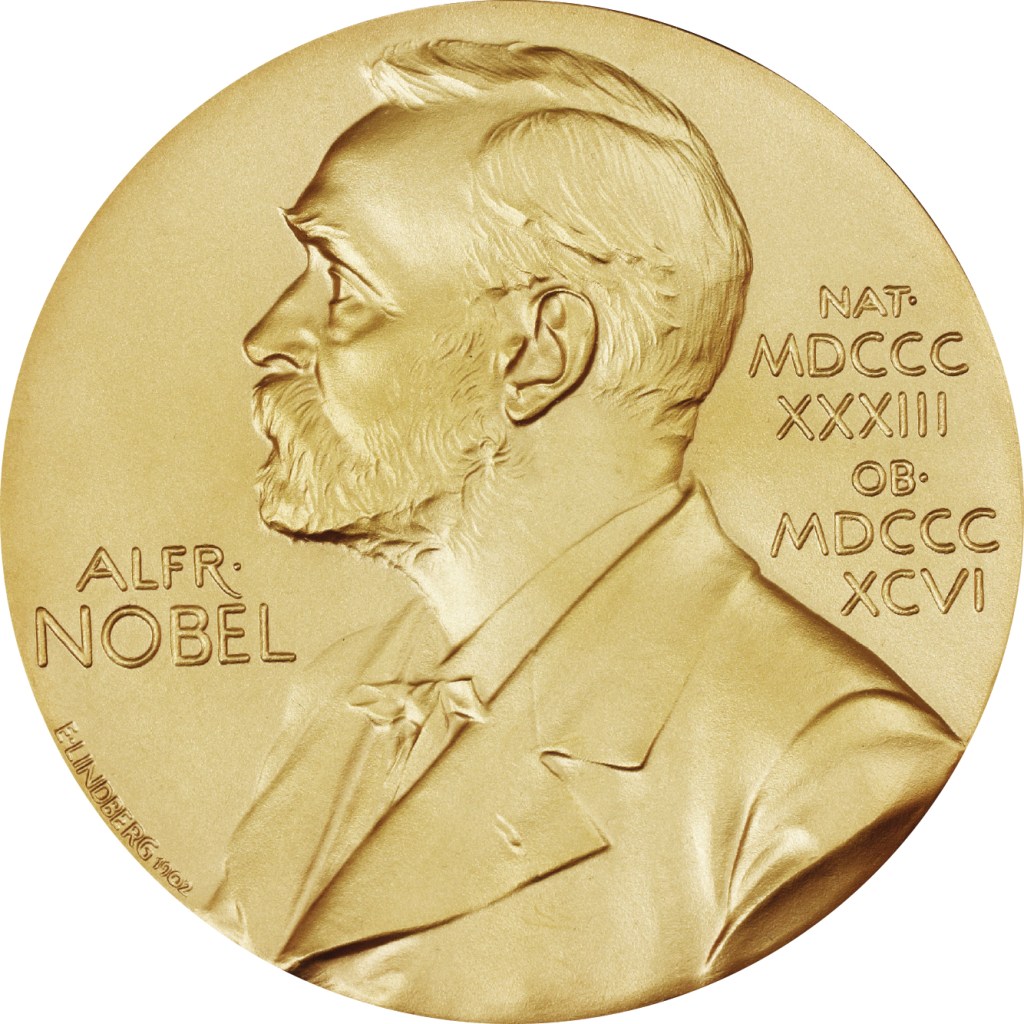In October 2014, lighting science received one of the greatest acknowledgments possible: The Nobel Prize. That year, the Royal Swedish Academy of Sciences awarded the Nobel Prize in Physics to three scientists—Isamu Akasaki, Hiroshi Amano, and Shuji Nakamura—“for the invention of efficient blue light-emitting diodes which has enabled bright and energy-saving white light sources.” Never before had researchers working so directly in the lighting field been recognized on a world stage for their scientific achievement.
Red and green LEDs had been developed in the 1950s and 1960s using gallium phosphide. What made Akasaki, Amano, and Nakamura’s line of research novel was the idea that blue-light gallium nitride (GaN) was the material needed to make up the diode’s architecture. The breakthrough came in 1986 when Akasaki and Amano created a high-quality GaN crystal. In 1990, Nakamura was also successful in producing a high-quality GaN crystal. The first blue diode was presented in 1992 and even though a relatively young discovery, revolutionized lighting technology.
Explore all 30 Moments in Lighting from our 30th Anniversary Issue here.
